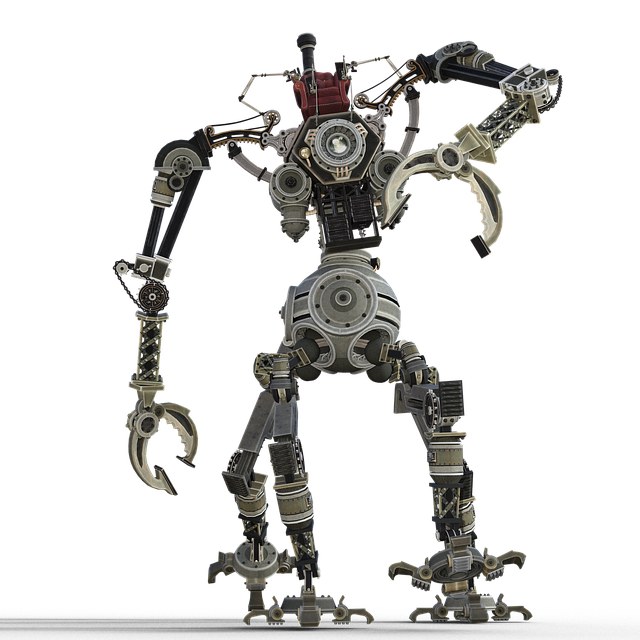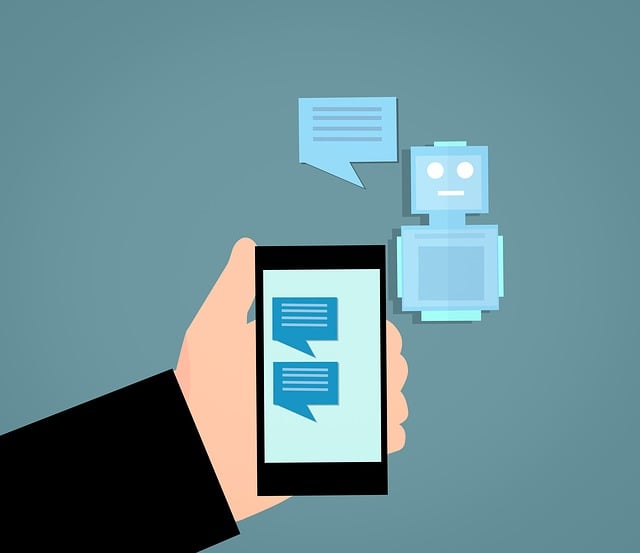When considering an AI chatbot—whether for business or personal use—define its primary purpose. For customer service, focus on understanding diverse queries and providing accurate information. Personal assistant chatbots should excel at task management and personalized suggestions based on user preferences. Key features include context awareness, memory retention, personalization, adaptive learning, security, privacy, ethical considerations, and robust integration capabilities with UX design as priorities to ensure effective performance and enhanced user experiences.
In today’s digital landscape, AI chatbots are transforming customer service, support, and engagement. To choose the right fit for your business, understanding key features is essential. From natural language processing as the heart of conversational AI to context awareness and personalization, each aspect plays a vital role in enhancing user experience. This article delves into these features, including security considerations and integration capabilities, guiding you in navigating the world of AI chatbots.
- Understanding the Purpose of an AI Chatbot
- Natural Language Processing: The Heart of Conversational AI
- Context Awareness and Memory Retention
- Personalization and Adaptive Learning
- Security, Privacy, and Ethical Considerations
- Integration Capabilities and User Experience Design
Understanding the Purpose of an AI Chatbot

When considering an AI chatbot for your business or personal use, it’s crucial to understand its intended purpose. Unlike traditional chatbots that primarily offer basic customer support or navigation through pre-set menus, AI chatbots leverage advanced natural language processing (NLP) and machine learning algorithms to engage in more complex and contextual conversations. They can assist with a wide range of tasks, from answering frequently asked questions to providing personalized recommendations, handling simple transactions, and even offering emotional support.
The key lies in tailoring the chatbot’s capabilities to align with your specific needs. For instance, a customer service ochatbot should be adept at understanding varied customer queries, providing accurate information, and escalating issues when necessary. In contrast, a personal assistant chatbot might focus more on task management, scheduling, and offering tailored suggestions based on user preferences and behaviors. Understanding this purpose will help guide your selection of features and ensure the chatbot effectively serves its intended role.
Natural Language Processing: The Heart of Conversational AI

Natural Language Processing (NLP) is the linchpin of modern AI chatbots, enabling them to understand and interpret human language in a meaningful way. It’s what allows an ochatbot to engage in natural conversations, answer questions, and provide relevant information. At its core, NLP involves several key components:
Machine learning algorithms analyze vast amounts of text data to identify patterns and context. This training allows the chatbot to grasp nuances, synonyms, and semantic meanings behind user inputs. Sentiment analysis is another crucial aspect, helping chatbots gauge user emotions and respond accordingly. By combining these NLP capabilities, AI chatbots can deliver more accurate and human-like interactions, enhancing user experiences and ensuring effective communication.
Context Awareness and Memory Retention

A key aspect to consider in an AI chatbot is its context awareness. The best chatbots can understand and remember details from previous interactions within a conversation, allowing them to provide more relevant responses. This feature ensures that the ochatbot maintains a coherent and meaningful dialogue with users, addressing their queries or requests accurately and efficiently. For instance, if a user mentions a specific product interest during an initial interaction, a context-aware chatbot can later reference this preference while offering personalized recommendations.
Memory retention is another critical function for AI chatbots to deliver enhanced user experiences. Chatbots should be able to recall past conversations to avoid repeating information or making inconsistent statements. This capability enables the chatbot to build upon previous exchanges, offer more sophisticated assistance, and foster a sense of familiarity with users over time. Effective memory retention can significantly improve user satisfaction and engagement with an ochatbot.
Personalization and Adaptive Learning

Personalization and adaptive learning are two key features that set advanced AI chatbots apart from their basic counterparts. When interacting with a chatbot, users expect a tailored experience—one that understands their unique needs, preferences, and communication style. An AI chatbot that can learn and adapt based on user interactions becomes an invaluable tool, offering precise and relevant responses over time.
This personalization goes beyond simple memory of previous conversations. It involves the chatbot’s ability to analyze patterns, identify context, and predict future queries or needs. Adaptive learning ensures that the ochatbot evolves with each engagement, continually refining its algorithms to deliver more accurate and helpful outputs. This not only enhances user satisfaction but also fosters a sense of connection and naturalness in the conversation flow.
Security, Privacy, and Ethical Considerations

When considering features for an AI chatbot, it’s paramount to prioritize security, privacy, and ethical considerations. These aspects are critical in ensuring user data remains protected and that interactions with the ochatbot are transparent and fair. Modern AI chatbots should employ robust encryption protocols to safeguard sensitive information exchanged during conversations. This minimizes the risk of unauthorized access and data breaches.
Moreover, privacy policies should be clearly defined and communicated to users, outlining how their data is collected, stored, and used. Ethical guidelines must also be in place to prevent bias in chatbot responses, ensuring fairness and non-discriminatory behavior. By integrating these considerations into the design and development of AI chatbots, users can interact with confidence, knowing their interactions are secure and their privacy respected.
Integration Capabilities and User Experience Design

When evaluating an AI chatbot for integration into your platform or service, consider its integration capabilities. The best AI chatbots offer seamless connectivity with existing systems and workflows, allowing for efficient data exchange and automation. Look for options that support popular messaging platforms, CRM tools, marketing automation software, and other relevant tech stack components. This ensures a smooth transition and minimizes disruption to your operations.
User Experience (UX) Design plays an equally crucial role in the effectiveness of an AI chatbot. A well-designed UX fosters intuitive interactions and enhances user satisfaction. Pay attention to chatbots that prioritize clear, conversational interfaces, easy navigation, and contextually relevant responses. Customization options, such as branding elements and personalized greetings, also contribute to a more engaging and memorable user experience. These factors not only encourage adoption but also increase the likelihood of users returning to interact with the chatbot.
When selecting an AI chatbot, consider its purpose, the sophistication of Natural Language Processing, context awareness, personalization capabilities, security measures, and seamless integration with existing systems. An advanced AI chatbot should offer a user-centric experience, ensuring it learns from interactions, adapts to individual needs, and maintains privacy while providing valuable assistance. Investing in such technology can significantly enhance customer engagement and revolutionize the way businesses interact with their audience.
